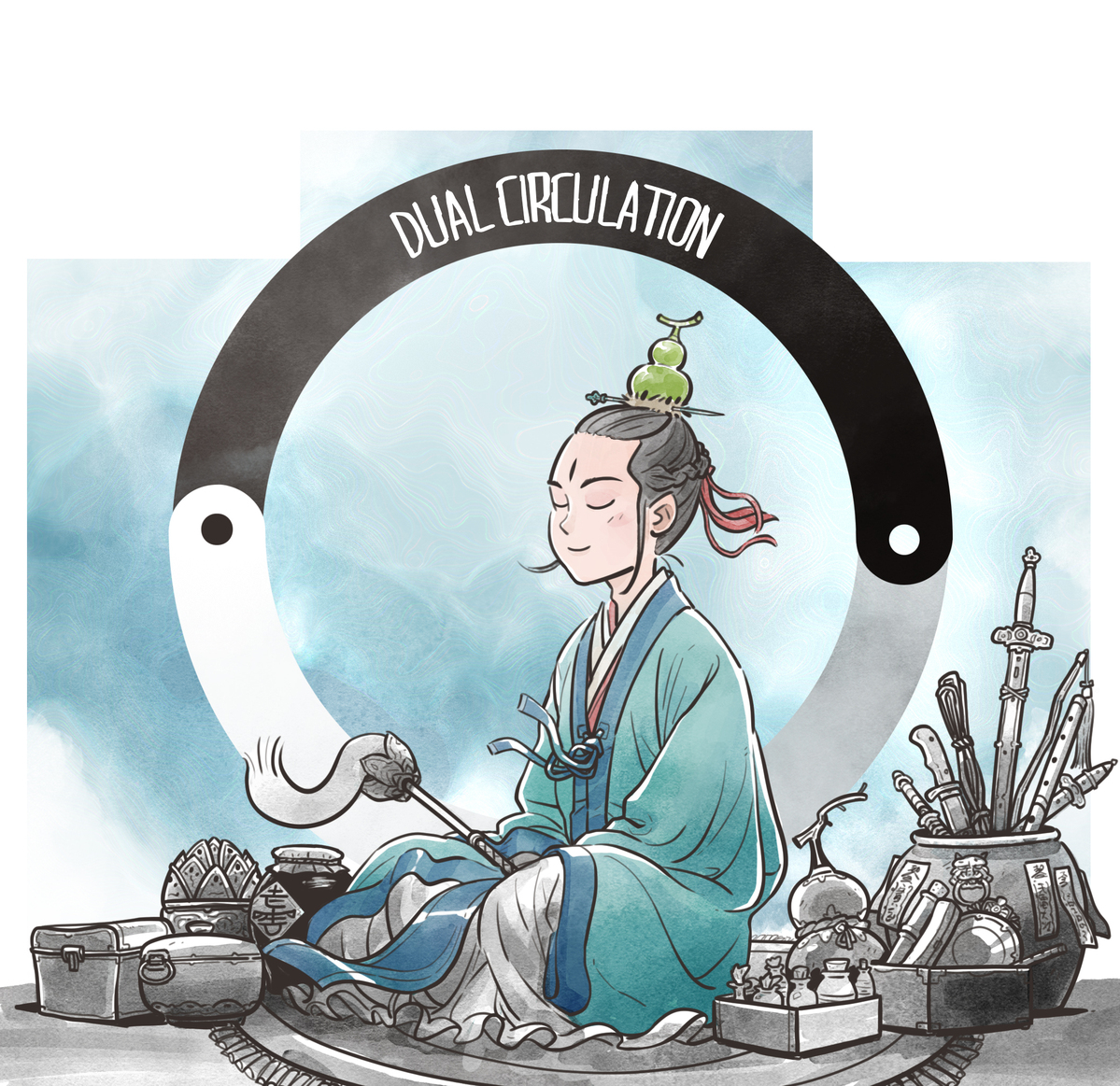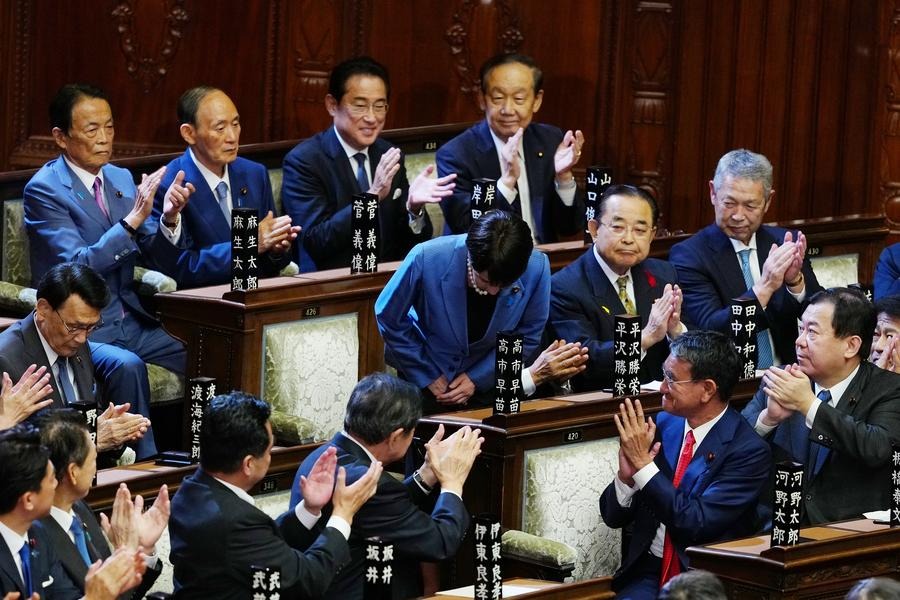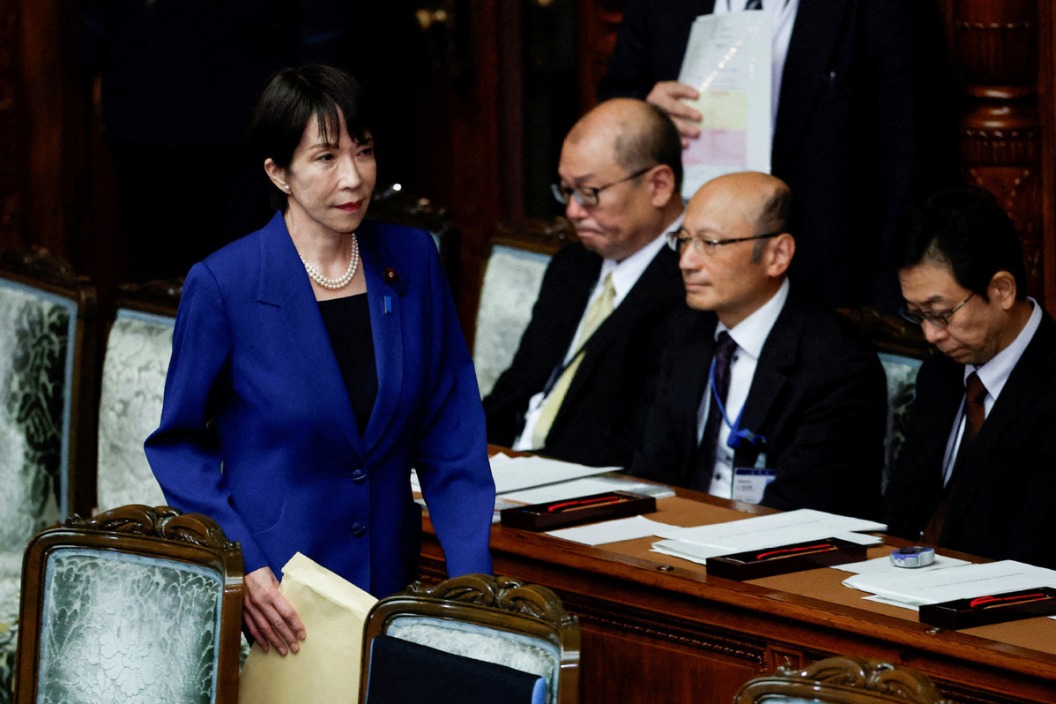Reform and opening-up pillars for dual circulation


Despite it calling for the harnessing of both the domestic and international markets to the country's development cause, many foreign observers cite the Chinese leadership's recent emphasis on a dual-circulation development pattern as proof of an increasingly inward-looking China closing its doors to the outside world.
Against the popular assumption that under mounting pressure from the technology embargo by the United States and its allies, amid growing calls for "de-risking", China should and will concentrate on self-reliance, the Chinese leadership has made clear its commitment to "deeper reforms" and "higher-level opening-up".
At a meeting on Tuesday, the central authorities again signaled their commitment to further reform, approving a document titled "Opinions on Building a Higher-level Open New Economic System and Facilitating the Formulation of a New Development Pattern". Other documents endorsed cover reforms in rural areas, emissions control, remuneration mechanisms for scientists, the oil and gas market, and power supply.
As the document says, building an open, higher-level economic regime necessitates deepening institutional reform in the field of trade and investment, widening market access, and comprehensively optimizing the business environment. Instead of conducting a withdrawal to the home market as some portray, the country seeks to attract global resource factors with its domestic circulation.
China cherishes the economic and trade ties that have been established over the past more than four decades. The post-pandemic recovery pains the Chinese economy is enduring is a valuable reminder that economic interdependence between this country and the rest of the world is never one-way.
The government's opposition to "de-coupling" and a new Cold War and its advocating of multilateralism and free international trade are driven by pragmatism as well as principle.

































